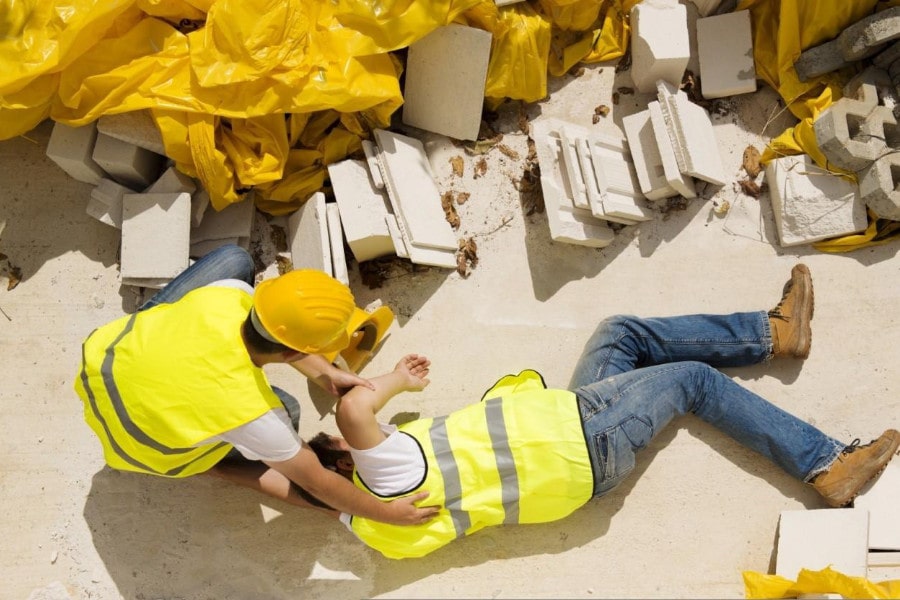
Slip & Falls
Slip and fall cases fall under the broader category of premises liability law. These cases arise when an individual is injured on someone else’s property due to a hazardous condition, such as a wet floor, uneven surface, or other dangerous conditions. Here’s an overview of slip and fall law cases:
- Duty of Care:
- Property owners, occupiers, or those responsible for maintaining a property have a legal duty to provide a safe environment for visitors.
- The level of care owed to visitors depends on their status (e.g., invitee, licensee, or trespasser).
- Hazardous Conditions:
- Slip and fall cases often involve hazardous conditions on the property, such as wet floors, uneven surfaces, icy sidewalks, poorly maintained stairs, or obstacles in walkways.
- It’s crucial for the injured party to demonstrate that the property owner was aware of or should have been aware of the dangerous condition.
- Causation:
- The injured party must establish a direct link between the hazardous condition and the injuries suffered. In other words, they must show that the unsafe condition was the cause of the accident.
- Notice:
- Establishing notice involves demonstrating that the property owner knew about the hazardous condition or should have known about it. This can be through actual notice (they were informed) or constructive notice (the condition existed for a sufficient period that they should have discovered it).
- Comparative Negligence:
- In some cases, the injured party’s own negligence may be considered. Comparative negligence laws assess the degree to which both parties contributed to the accident, and damages may be reduced accordingly.
- Documentation and Evidence:
- Successful slip and fall cases often rely on strong documentation and evidence. This can include photographs of the scene, witness statements, incident reports, medical records, and any other relevant evidence.
- Expert Witnesses:
- Depending on the complexity of the case, expert witnesses, such as engineers or safety experts, may be called upon to provide testimony regarding the property’s condition and whether it met safety standards.
- Damages:
- Damages sought in slip and fall cases may include medical expenses, lost wages, pain and suffering, and other related costs. The goal is to compensate the injured party for the losses incurred due to the accident.
- Settlement or Litigation:
- Many slip and fall cases are resolved through negotiations and settlements. However, if a fair settlement cannot be reached, the injured party may choose to file a lawsuit and pursue the case in court.
- Statute of Limitations:
- There is a time limit, known as the statute of limitations, within which a slip and fall lawsuit must be filed. The timeframe varies by jurisdiction, and failing to file within this period may result in the loss of the right to pursue legal action.
Slip and fall cases can be complex, and their outcome often depends on the specific details of the incident. Seeking legal advice from an experienced personal injury attorney is crucial for those considering pursuing a slip and fall claim.
